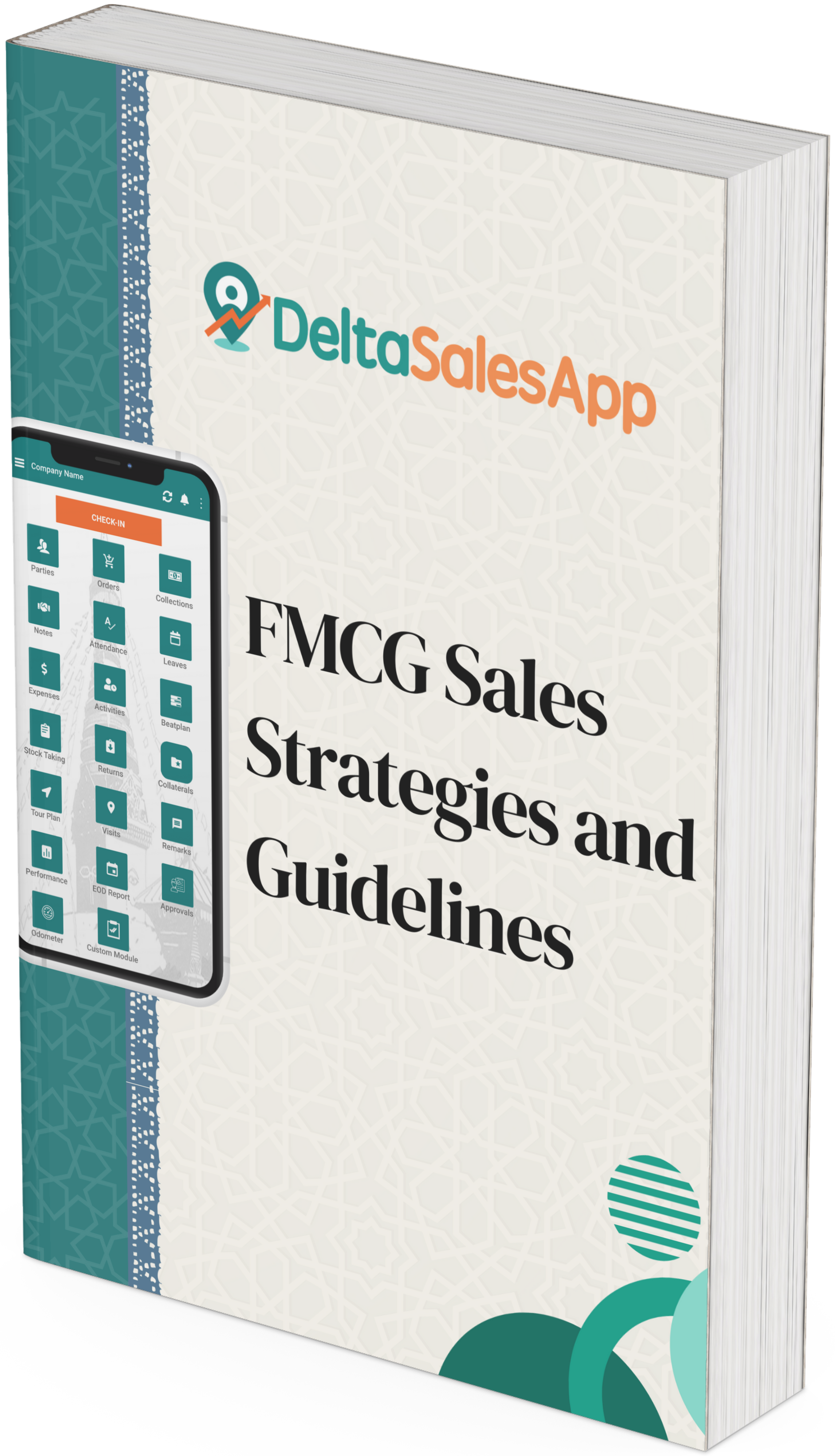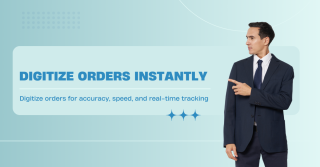How to Effectively Segment Distributor Data to Enhance Customer Relationships
_(30)_1725363496.png)
In today’s competitive market, effectively managing and leveraging distributor data is crucial for fostering strong customer relationships. By segmenting distributor data, businesses can tailor their strategies to meet the specific needs of different customer groups, improve service delivery, and drive growth. Here’s a guide on how to segment your distributor data for better customer relationships.
Understand the Importance of Data Segmentation
Data segmentation involves dividing your distributor data into distinct categories based on various criteria. This allows you to target different customer groups with personalized approaches, improving engagement and satisfaction. Proper segmentation helps in:
Tailoring Communications: Craft messages that resonate with each segment’s unique needs.
Optimizing Sales Strategies: Develop strategies that align with the behaviors and preferences of each segment.
Enhancing Customer Experience: Provide customized service and support that meets the specific expectations of different groups.
Define Your Segmentation Criteria
To segment your distributor data effectively, you need to define the criteria that will guide your segmentation process. Common criteria include:
Geographic Location: Segment distributors based on their geographic region to address location-specific needs and preferences.
Customer Type: Differentiate between B2B and B2C customers to tailor your sales and marketing strategies accordingly.
Purchase Behavior: Analyze purchasing patterns such as frequency, volume, and type of products bought to identify high-value and low-value customers.
Demographics: Consider demographic factors such as company size, industry, and role within the organization to better understand your customers’ needs.
Engagement Level: Segment based on how actively distributors interact with your brand, from highly engaged to less active.
Collect and Analyze Data
Before you can segment your distributor data, you need to gather and analyze it. Ensure you have a robust data collection system in place that captures relevant information. Key steps include:
Data Collection: Use CRM systems, sales records, and customer feedback to collect comprehensive data on distributors.
Data Cleaning: Regularly clean your data to remove inaccuracies, duplicates, and outdated information.
Data Analysis: Employ data analytics tools to identify patterns, trends, and insights that will inform your segmentation strategy.
Create and Implement Segmentation Strategies
Once you have your criteria and data in place, create segmentation strategies tailored to each group. Here’s how:
Develop Customer Personas: Create detailed profiles for each segment to guide your marketing and sales efforts. For instance, a large corporation might have different needs compared to a small business.
Personalize Communication: Craft personalized messages and offers that cater to the interests and needs of each segment. For example, offer bulk discounts to high-volume buyers and exclusive deals to frequent purchasers.
Customize Sales Approaches: Adjust your sales strategies to align with the specific preferences and behaviors of each segment. For instance, a segment with a high level of engagement might appreciate advanced product features and benefits, while a less engaged segment might prefer basic information and easy-to-understand value propositions.
Monitor and Adjust Your Segmentation
Segmentation is not a one-time task but an ongoing process. Regularly monitor the effectiveness of your segmentation strategies and make adjustments as needed. Consider:
Feedback and Performance Metrics: Track how each segment responds to your strategies through feedback and performance metrics. This includes engagement rates, conversion rates, and customer satisfaction.
Market Changes: Stay informed about market trends and changes that may affect your segmentation criteria or customer behaviors.
Continuous Improvement: Refine your segmentation criteria and strategies based on the insights you gather to continuously improve customer relationships and outcomes.
Leverage Technology for Better Segmentation
Modern technology can significantly enhance your segmentation efforts. Utilize tools such as:
CRM Systems: To manage and analyze customer data effectively.
Data Analytics Platforms: To uncover insights and trends within your distributor data.
Marketing Automation Tools: To execute targeted campaigns and track their performance across different segments.
Conclusion
Segmenting your distributor data is essential for building and maintaining strong customer relationships. By understanding your distributors’ unique needs and tailoring your strategies accordingly, you can enhance customer satisfaction, drive growth, and gain a competitive edge. Invest in the right tools and technologies, continuously analyze your data, and stay adaptable to ensure your segmentation efforts are effective and aligned with your business goals.
Implementing these strategies will help you better serve your customers and foster more meaningful and productive relationships with your distributors.









